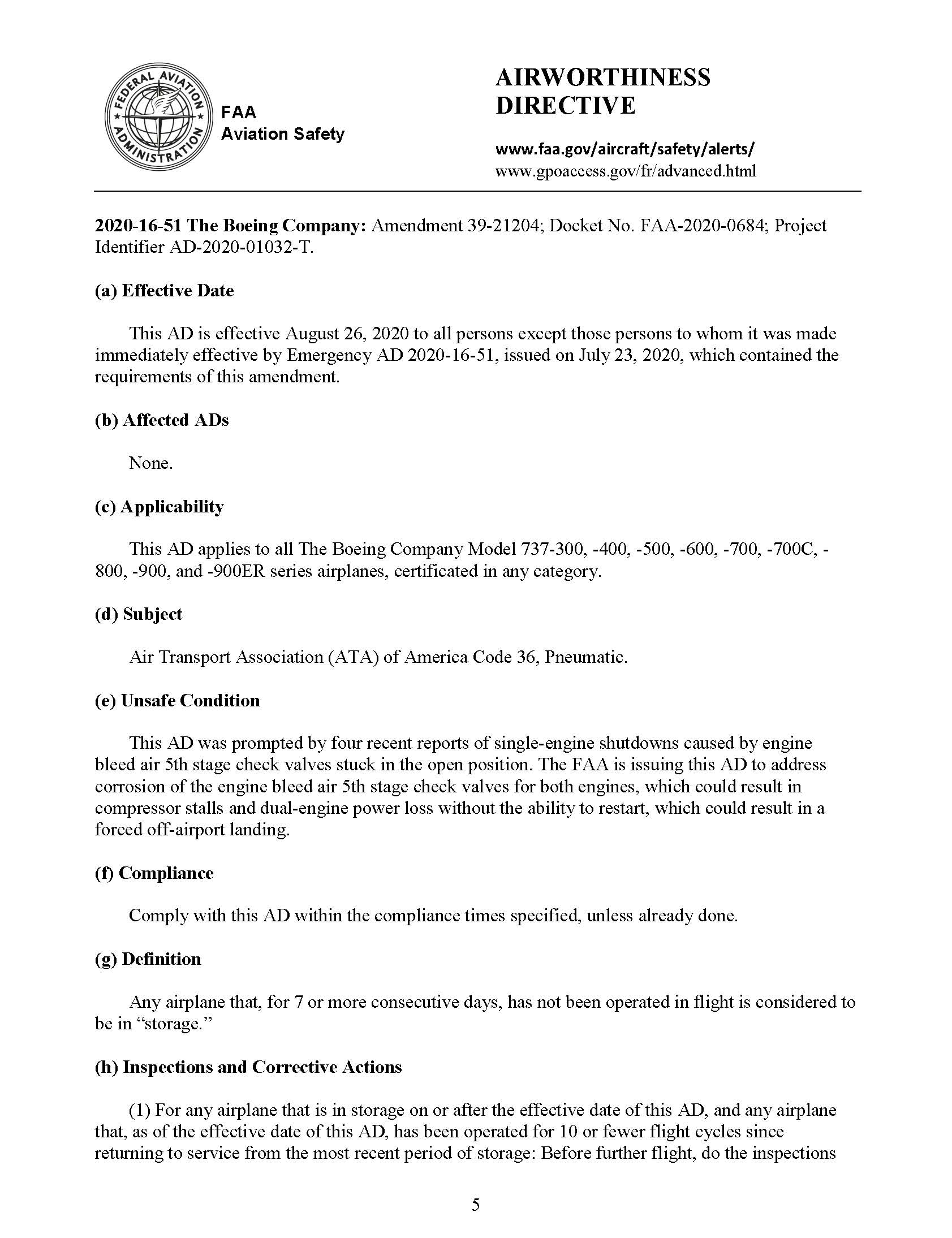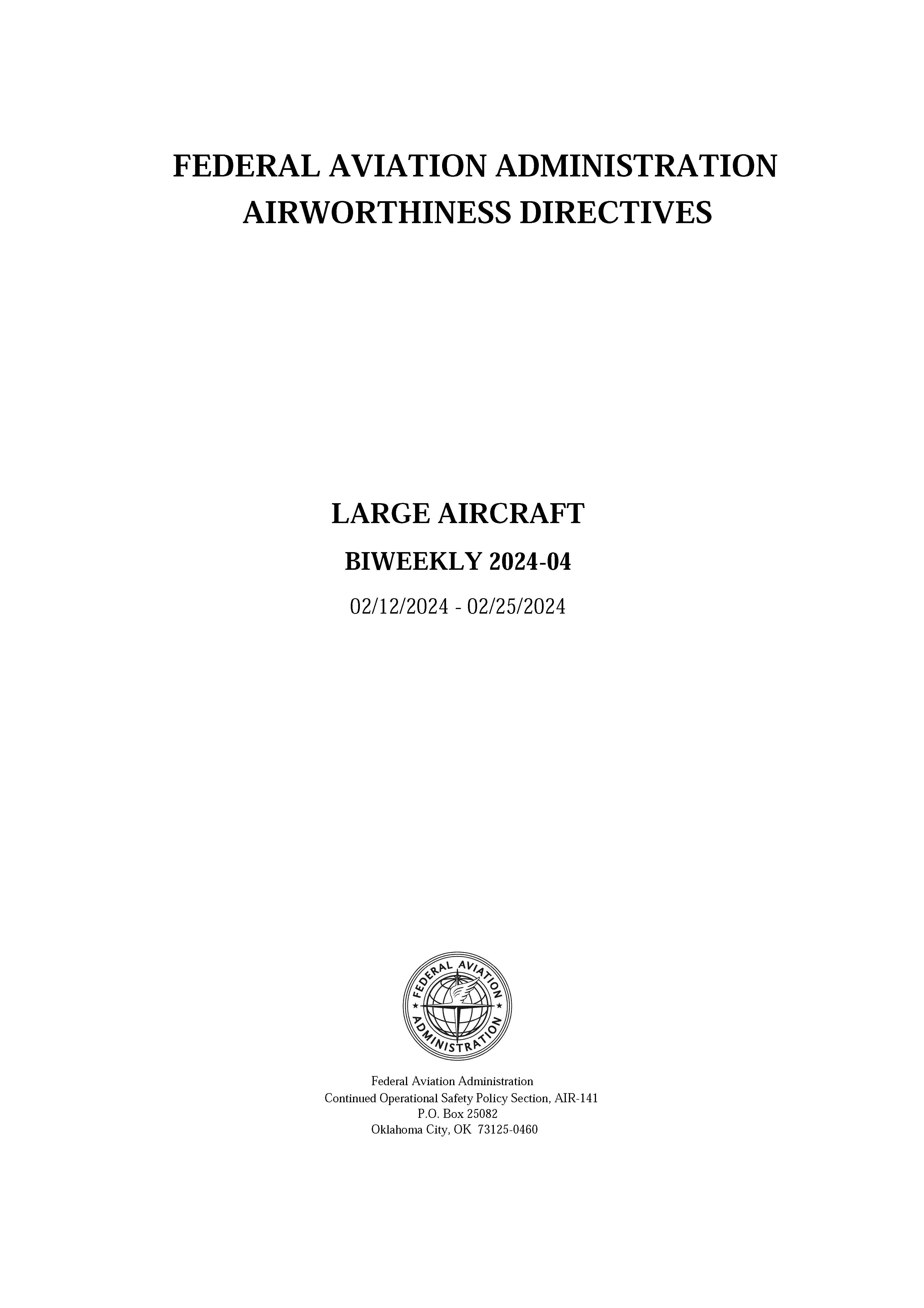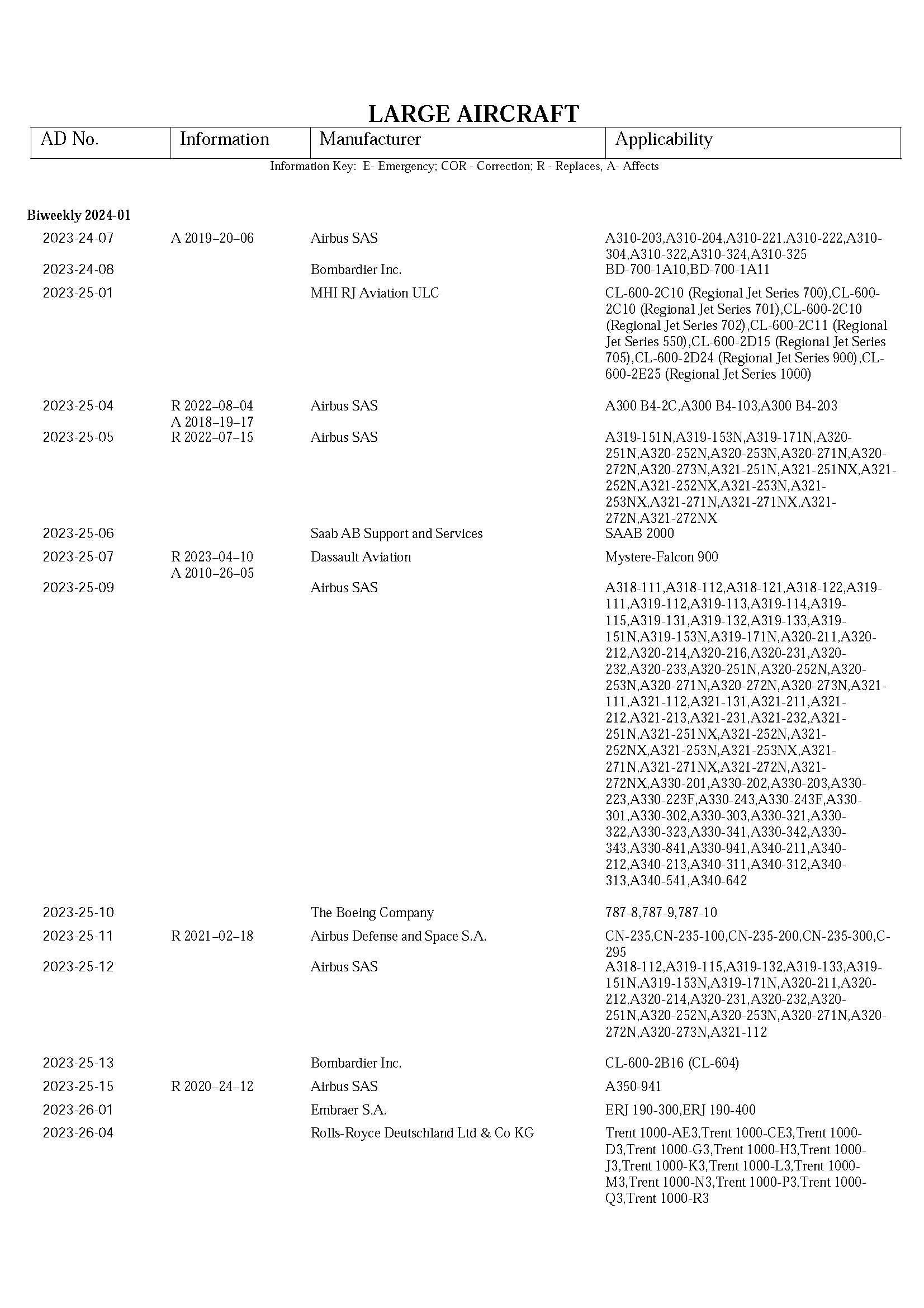Welcome to Mahir, this time we will be sharing about Airworthiness Directives. Colleagues who are involved in the aviation industry are likely familiar with AD. The authority referred to is the aviation authority in the respective country. The major authorities that serve as international references are the FAA and EASA. FAA stands for the Federal Aviation Administration, and EASA stands for the European Union Aviation Safety Agency.
Airworthiness Directives (ADs) play a critical role in maintaining the safety and airworthiness of aircraft worldwide. These directives, issued by aviation regulatory authorities, outline mandatory actions required to address safety concerns, defects, or maintenance issues identified in specific aircraft, engines, propellers, or components. In this article, we'll delve into the significance of Airworthiness Directives, exploring their purpose, issuance process, and impact on aviation safety and compliance. When is airworthiness directive issued? According to FAR 39.5
Airworthiness Directives (ADs) play a critical role in maintaining the safety and airworthiness of aircraft worldwide. These directives, issued by aviation regulatory authorities, outline mandatory actions required to address safety concerns, defects, or maintenance issues identified in specific aircraft, engines, propellers, or components. In this article, we'll delve into the significance of Airworthiness Directives, exploring their purpose, issuance process, and impact on aviation safety and compliance. When is airworthiness directive issued? According to FAR 39.5
FAA issues an airworthiness directive addressing a product when we find that:
(a) An unsafe condition exists in the product; and
(b) The condition is likely to exist or develop in other products of the same type design.
[FAR 39.5]
[FAR 39.5]
There are two main types of Airworthiness Directives:
- Emergency Airworthiness Directives (EADs): EADs are issued when an unsafe condition is identified that requires immediate action to prevent a significant risk to aviation safety. These directives are issued without prior notice and often require compliance within a very short timeframe, sometimes even before the next flight.
- Non-Emergency Airworthiness Directives: These directives are issued for less urgent safety concerns that still require corrective action. They are typically published with a notice period allowing affected operators and owners to prepare for compliance. Non-emergency ADs specify compliance deadlines and procedures for addressing the identified issue.
Airworthiness Directives is issue on biweekly time. you my check our article about AD Numbering. Most of AD refer to technical document such as service bulletin from manufacture or vendor. And mandatory to comply in manner of time and method that mention in the AD.


